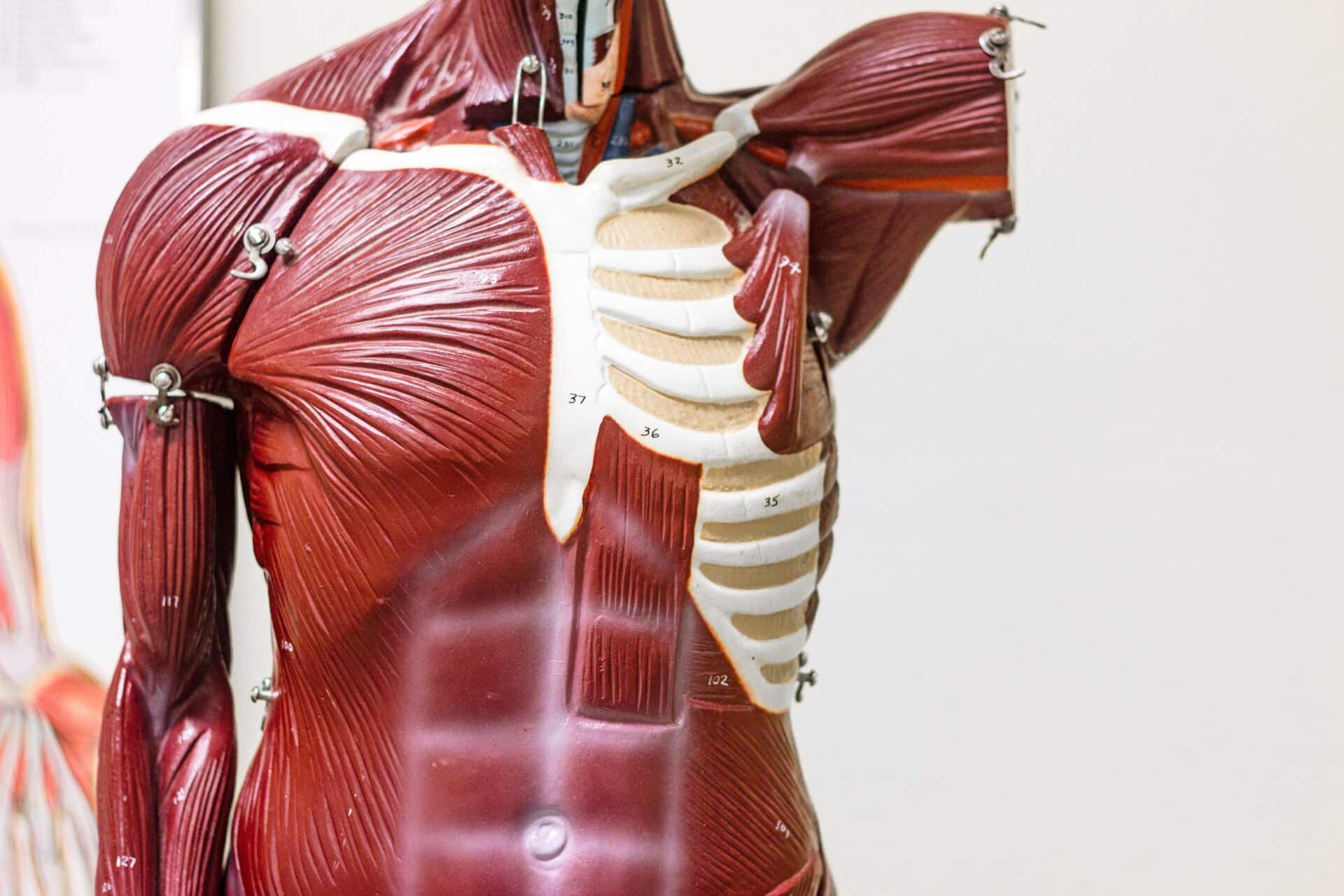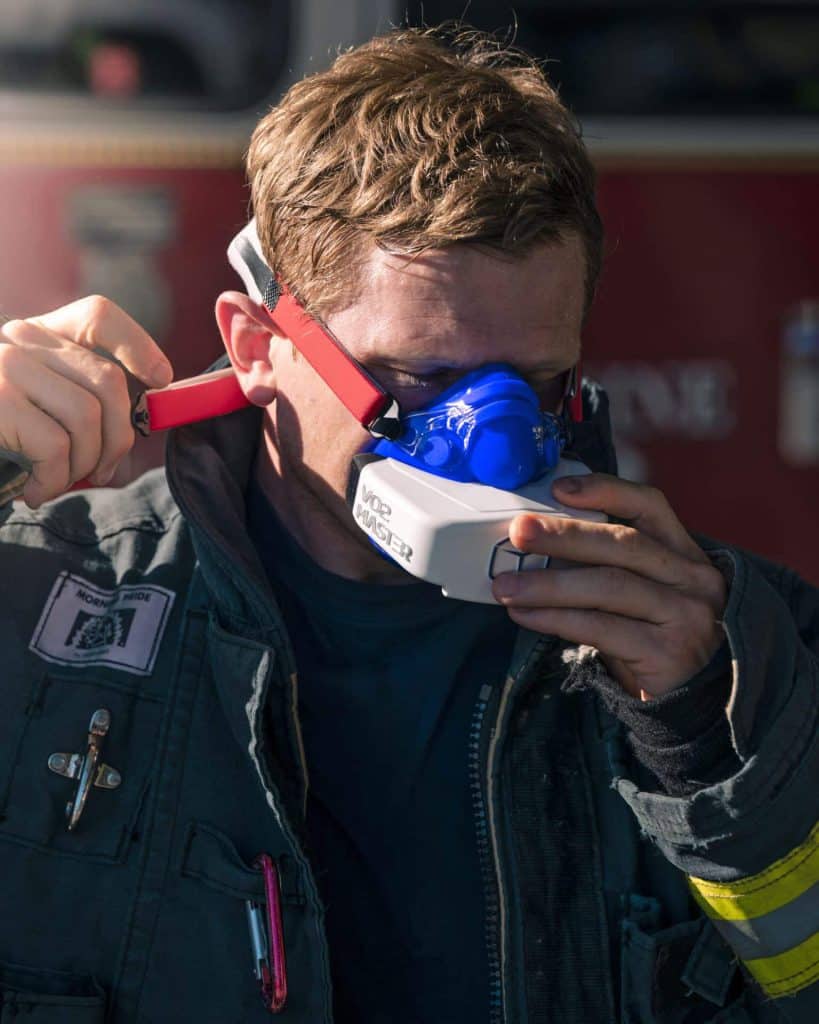Part 2: How the Body Uses Oxygen
This is the second article of our Introductory Series. If you’re new to metabolic analysis or need a refresher on the subject, then this series is for you. On the other hand, if you’re advanced in the field of VO2 analysis, then we encourage you to please stay tuned for our Advanced Series of articles.Continue reading "Part 2: How the Body Uses Oxygen"

This is the second article of our Introductory Series. If you’re new to metabolic analysis or need a refresher on the subject, then this series is for you. On the other hand, if you’re advanced in the field of VO2 analysis, then we encourage you to please stay tuned for our Advanced Series of articles.
In our previous article we introduced three important physiological measures that can be derived by conducting metabolic testing: VO2max and ventilatory thresholds, VT1 and VT2. These values provide useful insight into one’s cardiorespiratory fitness and, as we’ve seen, are directly linked to oxygen usage when exercising at various intensities.
As a next step in our Introductory Series, we now turn our focus to exploring how the body uses oxygen. This information will be important in developing a deeper understanding of how metabolic testing can be used to guide training to use oxygen more efficiently, and thus improve our fitness levels.
Why Muscles Need Oxygen to Function
All cells, including muscle cells, require oxygen to function.
Energy inside cells comes in the form of adenosine triphosphate (ATP), a molecule that carries energy within cells. Most of our ATP is created through the breakdown of metabolic substrates (food) using oxygen, resulting in CO2 and water. This means that oxygen is very important, and as you exercise, energy requirements go up – so you need more oxygen.
Oxygen is first absorbed by the blood as it passes through the lungs, binding to a special protein called hemoglobin contained within red blood cells. Now tied to hemoglobin, oxygen is pumped by the heart through the vascular system to the rest of the body. The oxygen is then released into the cells where it is used in the breakdown of molecules to create needed energy.
Muscles performing work require increasing amounts of energy as the workload increases, which correspondingly requires more and more oxygen.
We breathe more when we exercise to help remove the large amount of carbon dioxide (CO2) that is produced by the working muscles. As carbon dioxide levels increase, hydrogen ions are also produced, which reduces the pH of the system, which is very tightly regulated through chemoreceptors in the brain and carotid arteries.
We observe that the VO2 (oxygen uptake) increases as intensity increases and drops upon stopping the exercise.
Oxygen deficit is defined as the difference between the oxygen intake of the body during the early stages of exercise and during a similar duration in a steady state of exercise.
EPOC is an abbreviation for excess post-exercise oxygen consumption (also known as oxygen debt) and refers to the amount of oxygen required to restore your body to its normal, resting level of metabolic function.
To understand this effect, think about how you breathe heavy for a while after you have finished a hard run.
However, it is important to note that the heavier breathing required by the body in the EPOC stage is not delivering more oxygen – but instead eliminating excess carbon dioxide in order to maintain a healthy pH balance.
Anaerobic Metabolism
Muscles can produce energy without oxygen in a process called anaerobic metabolism. The only fuel that can be burned anaerobically is carbohydrate, being converted into a substance called pyruvate through glycolysis and then into blood lactate via anaerobic metabolism.
It is a common misinterpretation that blood lactate has a direct negative effect on muscle performance. Lactate is, in fact, a buffer to the hydrogen ions produced during glycolysis. While increasing lactate does correspond to an observed drop in pH level, lactate does not contribute to the loss of muscle function. Moreover, lactate is a potent fuel for further energy production, and a necessary step in the process of refueling the liver of glycogen stores following exercise.
One other comment about anaerobic metabolism: although this form of metabolism kicks in at higher intensities leading to energy being created without the need for oxygen (burning carbohydrate instead), there are still numerous processes going on in the body that cause a continued increase in demand for and use of oxygen. In other words, regardless of the fuel source, at higher training intensities your body requires an ever more amount of oxygen, with a ceiling equal to VO2max.
The Bottom Line
Clearly, fuel source is an important factor relating to the amount of oxygen consumed. At higher intensities of exercise, muscles burn mainly carbs and at lower intensities, they burn more fat. Burning fat uses more oxygen than burning carbs, but we have more energy stored as fat, so you can keep going for longer when burning without running out of energy.
Oxygen and VO2
As you’ll recall from our previous article VO2 is simply an abbreviation for oxygen consumption – it’s the measure of the volume of oxygen that is used by your body to convert the energy from the food you eat into ATP that your body uses at the cellular level.
Your VO2max is your maximal oxygen consumption, which is simply the maximum possible VO2 that a given person can achieve.
Improving Your VO2max
Now that we have established a basic understanding of how the body uses oxygen, we can begin to address how to improve one’s VO2max.
Not Necessarily the Be-All End-All
First, it’s important to preface this section by noting that a high VO2max is one of numerous factors that may improve an athlete’s performance; alone – and depending on the person – it may not be the most important metric to go by. Generally, a comprehensive metabolic analysis, in which a multitude of parameters are identified, is required to determine an optimal training platform for each individual.
It’s Still Important
Having stated the above, it is fair to say that, in general, a higher VO2max – the ability to use a greater amount of oxygen – is certainly correlated with improved performance across athletic endeavors. As such, it is of benefit to understand how to increase one’s VO2max.
Two major factors contribute to a high VO2max: the amount of oxygen you can transport and your muscle physiology.
Optimal oxygen transportation includes a strong heart pumping blood through the body, with hemoglobin-dense blood, a high blood volume and high capillary density in the muscles. Better oxygen transport leads to higher VO2max.
Muscle physiology means how many muscle fibers you have, how big they are, how many mitochondria they contain, and how strongly you can activate them during exercise. More aerobic, oxygen-guzzling muscles equals a higher VO2max.
Training programs can be implemented to improve VO2max and help increase physical fitness, improving the way your body utilizes oxygen. These programs are designed on an individual basis and based on specific metabolic measurement values such as one’s current VO2max, VT1 and VT2 scores.
Limiting factors like genetic makeup and age all have an impact on the body’s ability to increase its VO2 efficiency – but the right training can make a big difference.
—
In the next post of our Introductory Series we will present a specific example of how a training program is designed based upon an athlete’s metabolic test scores.
